Nights Of A 1000 Lights At Sherman Gardens (Page Two)


Into the cactus garden we went but it did NOT look like cactus this evening!

A river of lights
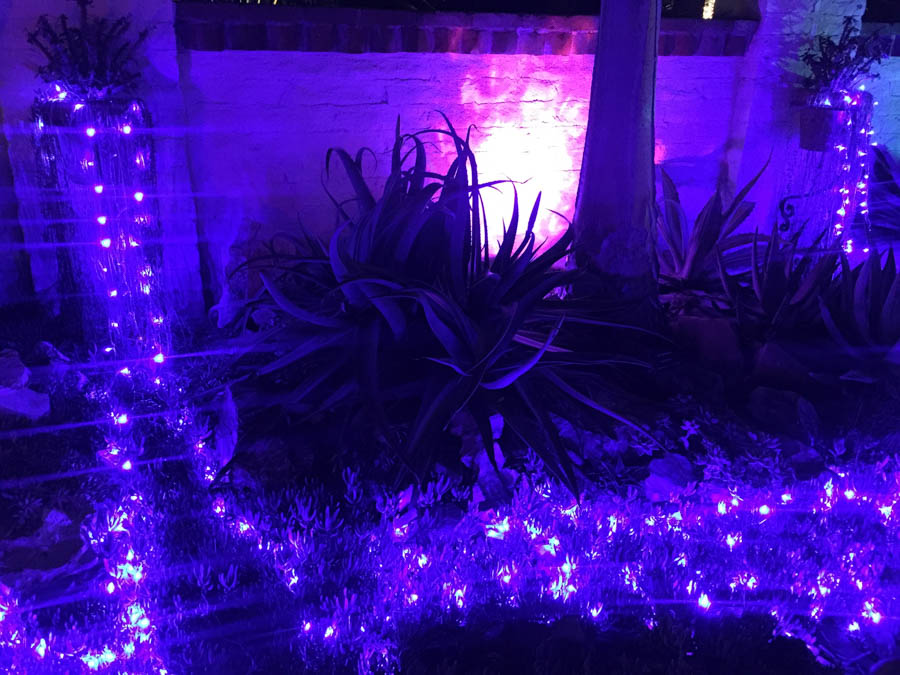
The "ice plant river" turned purple with all the lights

The Adobe pepper tree was ablaze in lights
Did You Know? - Adobe is a building material made from earth and often organic material. Adobe means mudbrick in Spanish, but in some English speaking regions of Spanish heritage it refers to any kind of earth construction, as most adobe buildings are similar in appearance to cob and rammed earth buildings. Adobe is among the earliest building materials, and is used throughout the world.

It seemed warn inside thanks to the insulation provided by the adobe walls

We explored the displays!
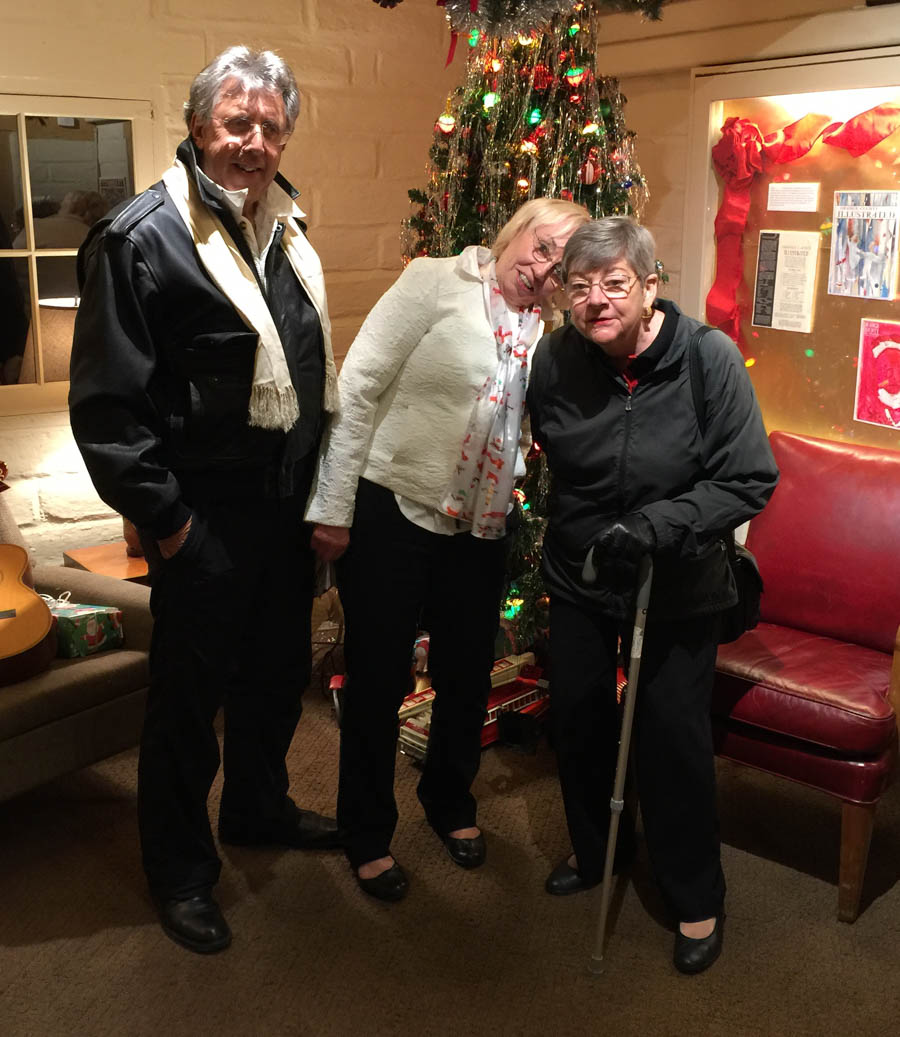
Awe....
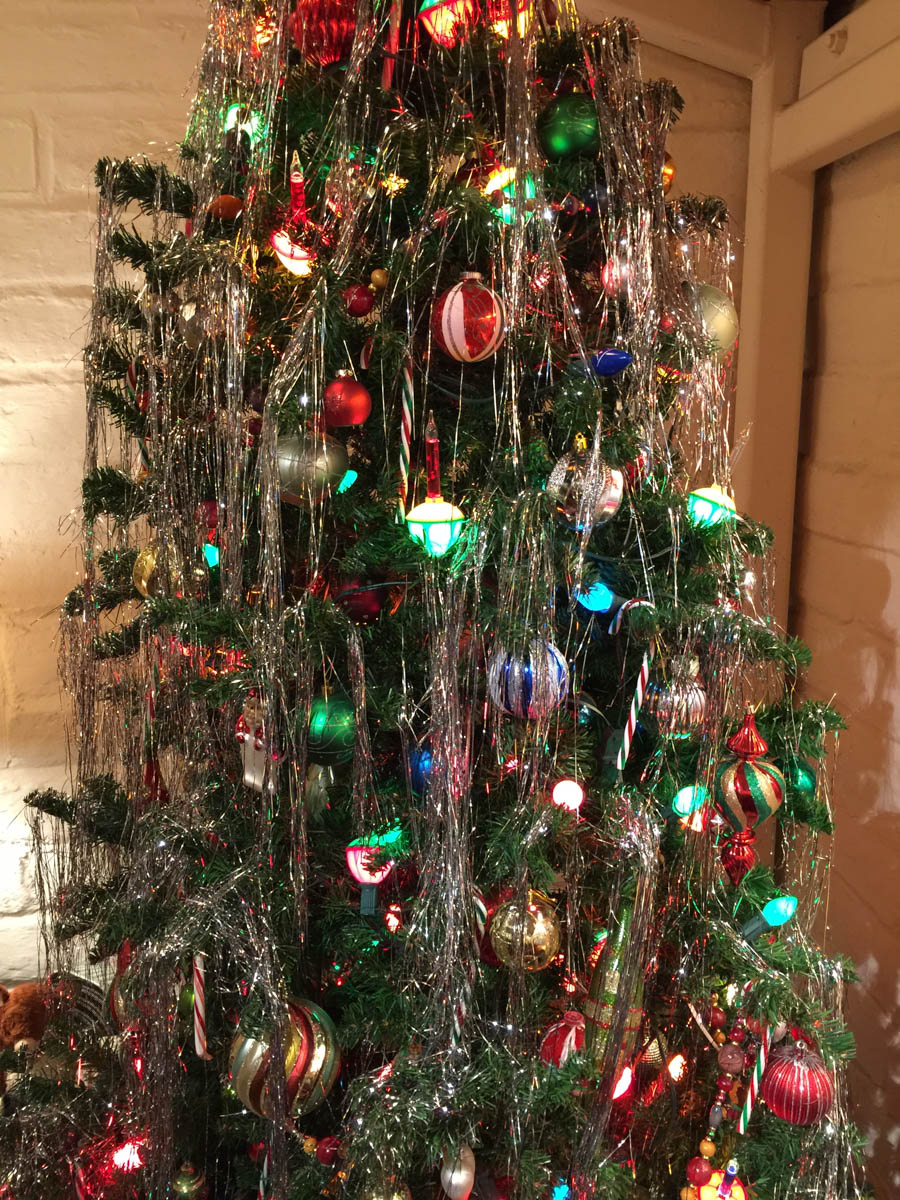
The tree had tinsel on it like the olden days
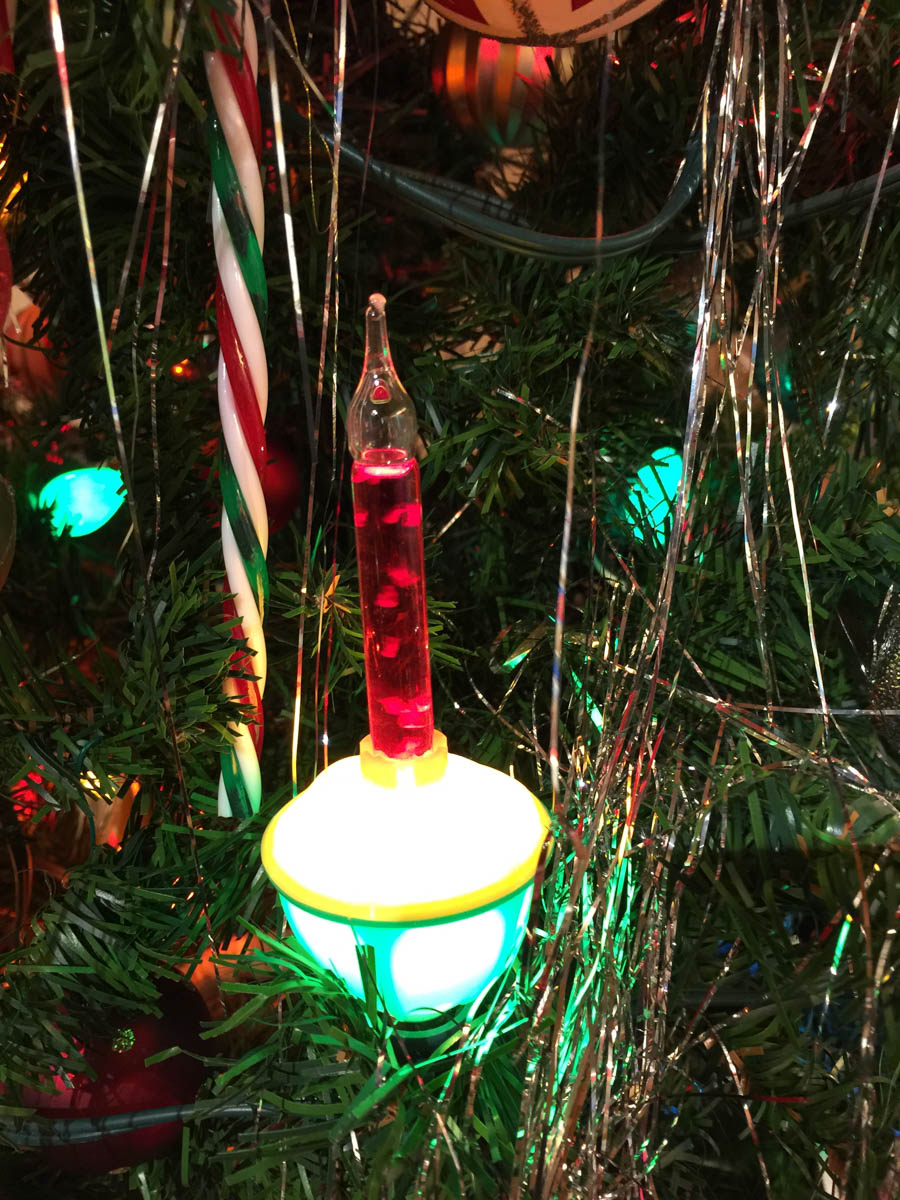
... and bubble lights
Did You Know? - A bubble light is a decorative device consisting of a liquid-filled vial that is heated and lighted by an incandescent light bulb.
Because of the liquid's low boiling point, the modest heat generated by the lamp causes the liquid to boil and bubble up from the vial's base thus creating the bubble light.
The liquid is almost always methylene chloride, but some early bubble lights used a lightweight oil. Some early lights also used camphor (The white substance used in some moth balls) to create the low boiling point. In these lamps you can often see a white piece floating at the top of the vial, until the heat of the lamp dissolves it and it starts to bubble.
The light from the lamp illuminates the bubbles from underneath, causing them to shine. Bubble lights were very popular as Christmas lights from the 1940s through the 1970s, before miniature "fairy" lights became popular.
Bubble lights were being manufactured by The Telsen Electric Co.(1935) Ltd, in Manchester, England, possibly as early as the late 1920s.
Bubble lights for Christmas decoration were first patented in the United States by Carl W. Otis in 1944 and introduced there in 1946 by NOMA, one of the largest American manufacturers of Christmas lights. While NOMA was the largest company to make these lights, other manufacturers included Raylite (Paramount/Sterling), Royal Electric Company, and Good Lite/Peerless.
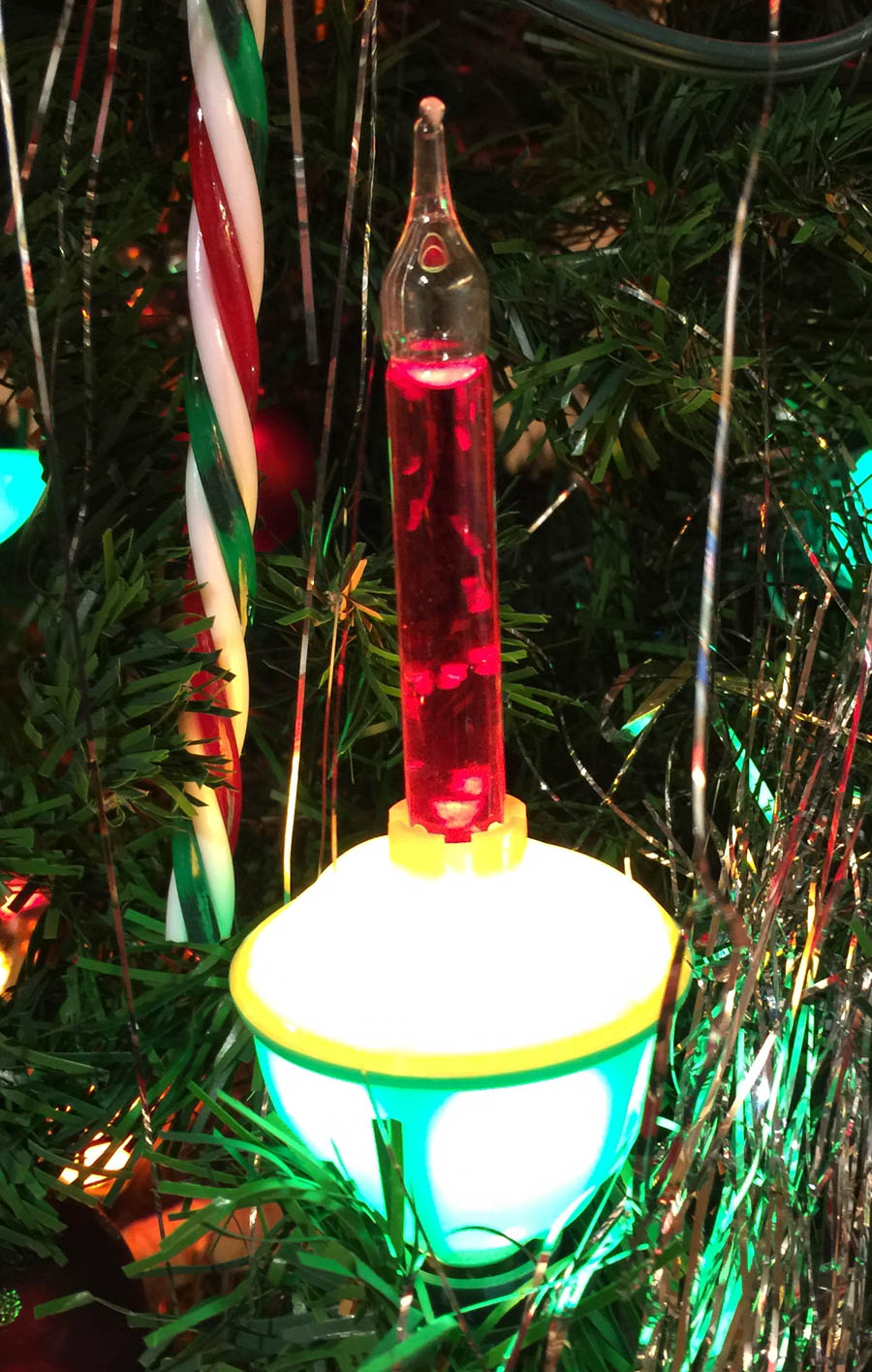

Olden days... 1940's
Paul remembers putting tinsel on the tree in the late 1940's
Did You Know? - Tinsel, is a type of decorative material that mimics the effect of ice, consisting of thin strips of sparkling material attached to a thread. When in long narrow strips not attached to thread, it is called "lametta", and emulates icicles. It was originally a metallic garland for Christmas decoration.
The modern production of tinsel typically involves plastic, and is used particularly to decorate Christmas trees. It may be hung from ceilings or wrapped around statues, lampposts, and so on. Modern tinsel was invented in Nuremberg, Germany, in 1610, and was originally made of shredded silver.
![]()
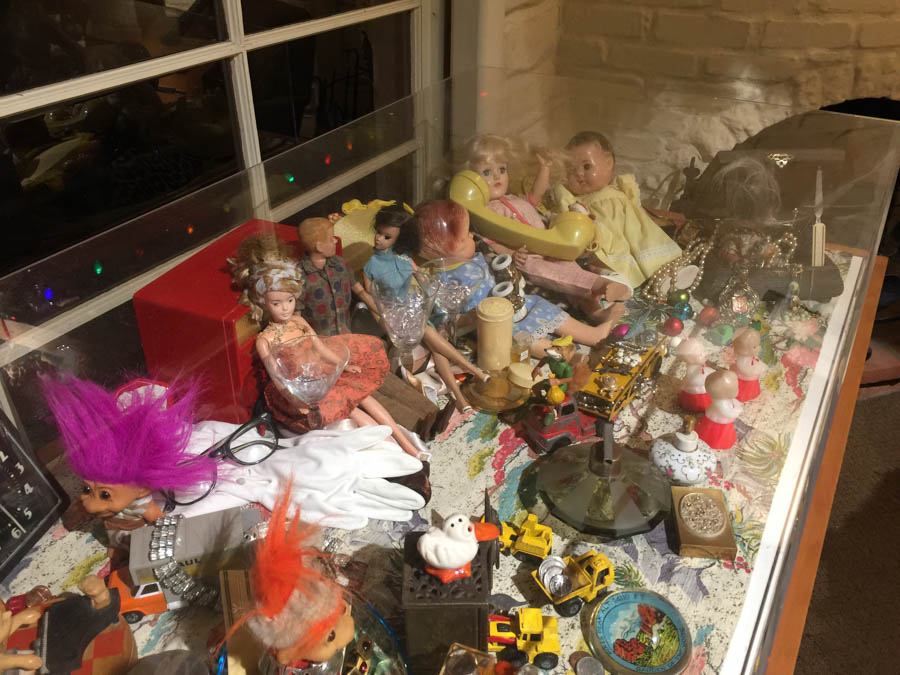
Memories memories memories
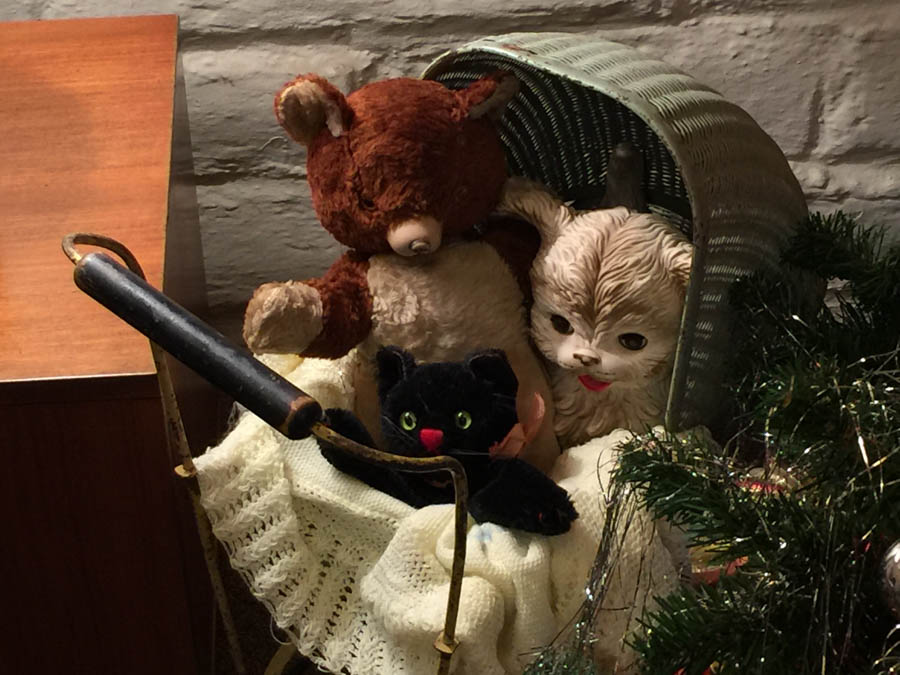
The Perambulator (Pram) was cute
Did You Know? - In 1733, William Kent, a landscape architect, invented the first stroller so the third Duke of Devonshire could transport his little ones (and, more importantly, amuse them!).

No fire tonight...

Oh Boy Oh Boy... Brian and Paul almost got carried away!

Sorry about the reflection but the 45 RPM record player was amazing
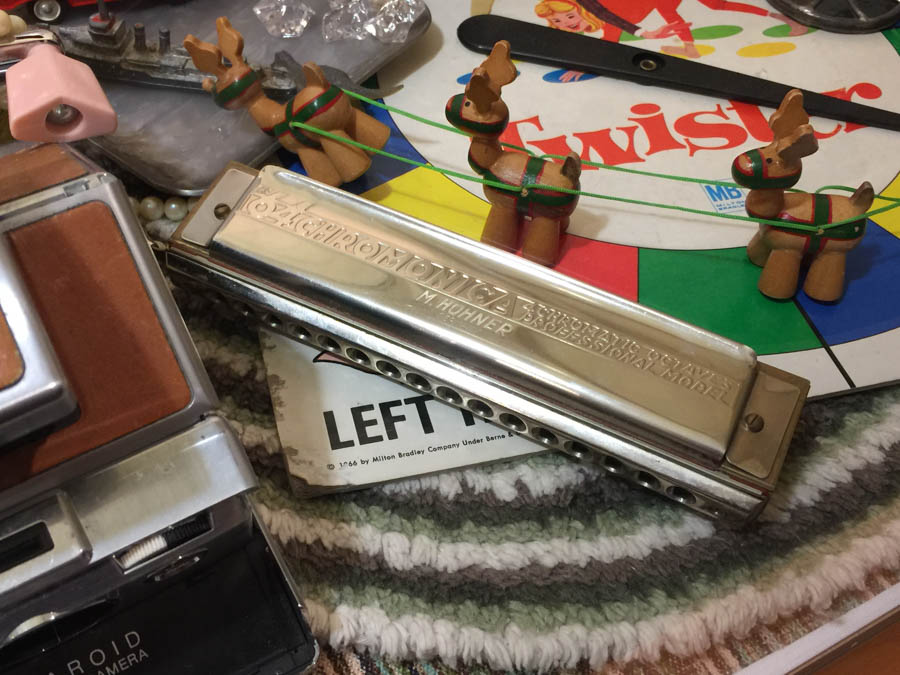
The game of Twister was quite popular..
The hand organ (harmonica) was also popular
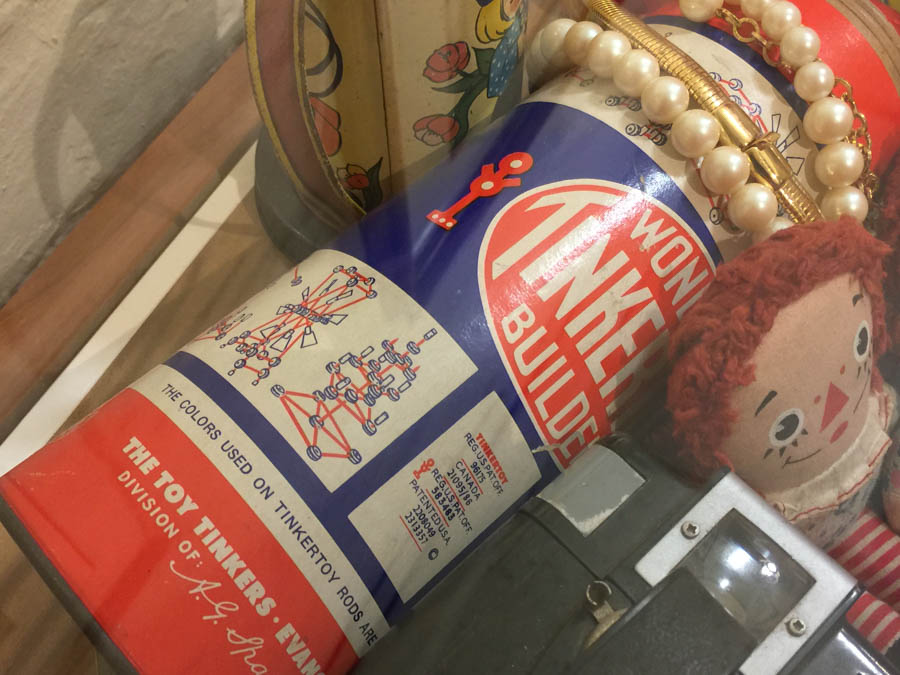
Tinker Toys... Paul got those for years as a child!
Did You Know? - The Tinkertoy Construction Set is a toy construction set for children. It was created in 1914 by Charles H. Pajeau and Robert Pettit and Gordon Tinker in Evanston, Illinois.
Pajeau, a stonemason, designed the toy after seeing children play with sticks and empty spools of thread. He and Pettit set out to market a toy that would allow and inspire children to use their imaginations. At first, this did not go well, but after a year or two over a million were sold.
The cornerstone of the set is a wooden spool roughly two inches (5 cm) in diameter with holes drilled every 45 degrees around the perimeter and one through the center. Unlike the center, the perimeter holes do not go all the way through. With the differing-length sticks, the set was intended to be based on the Pythagorean progressive right triangle.
The sets were introduced to the public through displays in and around Chicago which included model Ferris wheels. Tinkertoys have been used to create complex machines, including Danny Hillis's tic-tac-toe-playing computer (now in the collection of the Computer History Museum in Mountain View, California) and a robot at Cornell University in 1998.
One of Tinker Toy's most distinctive features is the toy's packaging. Initially, the mailing tube design was chosen to reduce shipping costs. Early versions of the packaging included an address label on the tube with space for postage. To assist consumers in differentiating between the various offerings, sets were placed in mail tube packages of different sizes and also delineated with a number (ex: 116, 136) and a name (ex: major, prep, big boy, junior, grad). A colorful "how-to" instruction guide accompanied each set. In the 1950s, color was added and the wooden sticks appeared in red, green, blue, and yellow.
The main manufacturing location was a 65,000 square foot four story plant at 2012 Ridge Avenue, Evanston, Illinois.
Tinkertoys were inducted into the National Toy Hall of Fame at The Strong in Rochester, New York, in 1998.
Hasbro owns the Tinkertoy brand and currently produces both Tinkertoy Plastic and Tinkertoy Classic (wood) sets and parts.

Got Brian's attention!

Solid metal... Heavy and indestructible...
Are those "pop pearls" in the picture?
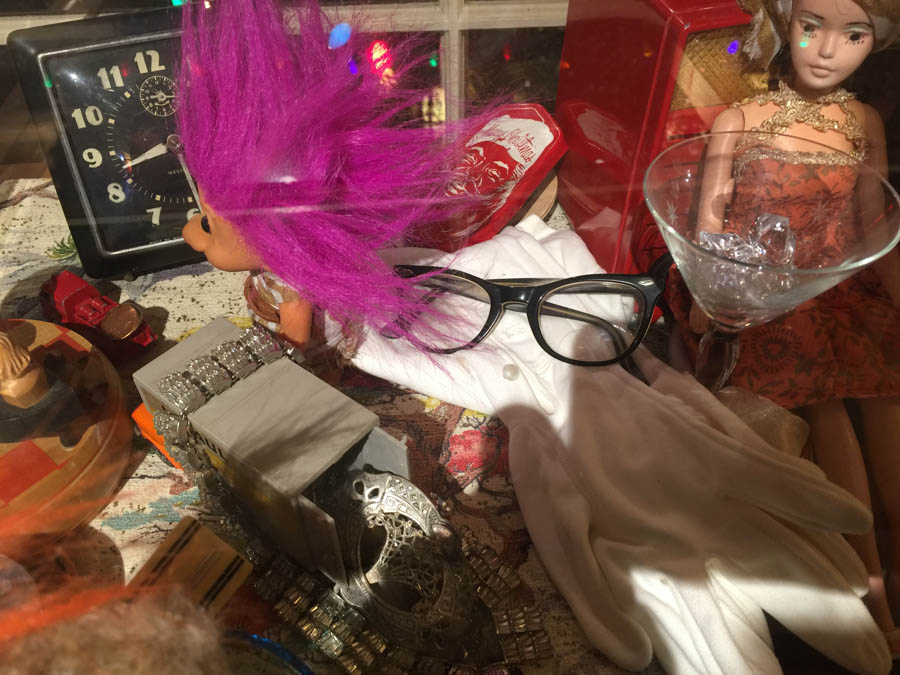
Remember those glasses.... Made ladies look so smart!
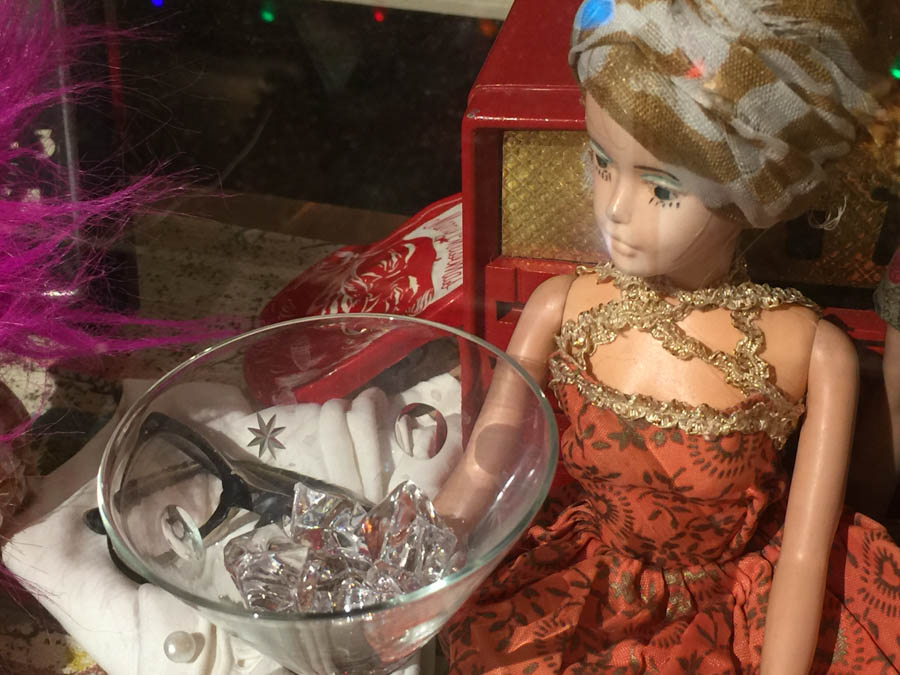
The dolls were dazzling in the day

